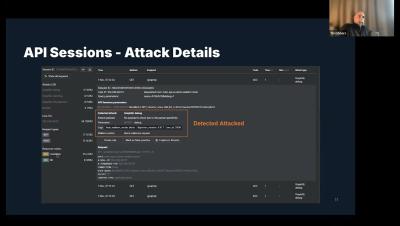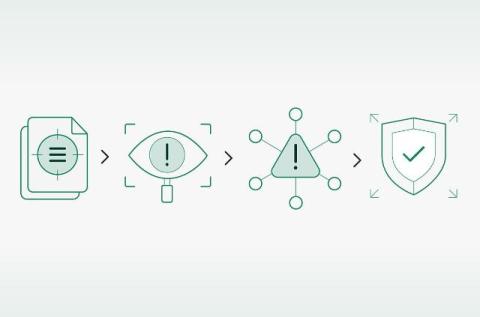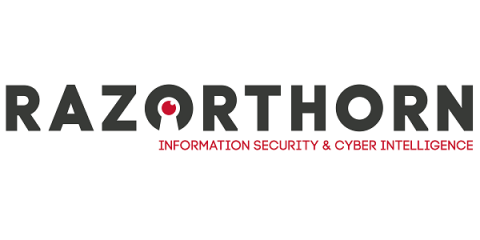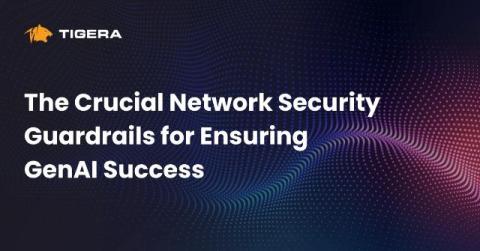CIS Control 14: Security Awareness and Skill Training
Users who do not have the appropriate security awareness training are considered a weak link in the security of an enterprise. These untrained users are easier to exploit than finding a flaw or vulnerability in the equipment that an enterprise uses to secure its network. Attackers could convince unsuspecting users to unintentionally provide access to the enterprise network or expose sensitive information. Proper training should be provided to users in order to decrease the risk of a security incident.











